The Kyd Street in Kolkata – GetBengal story
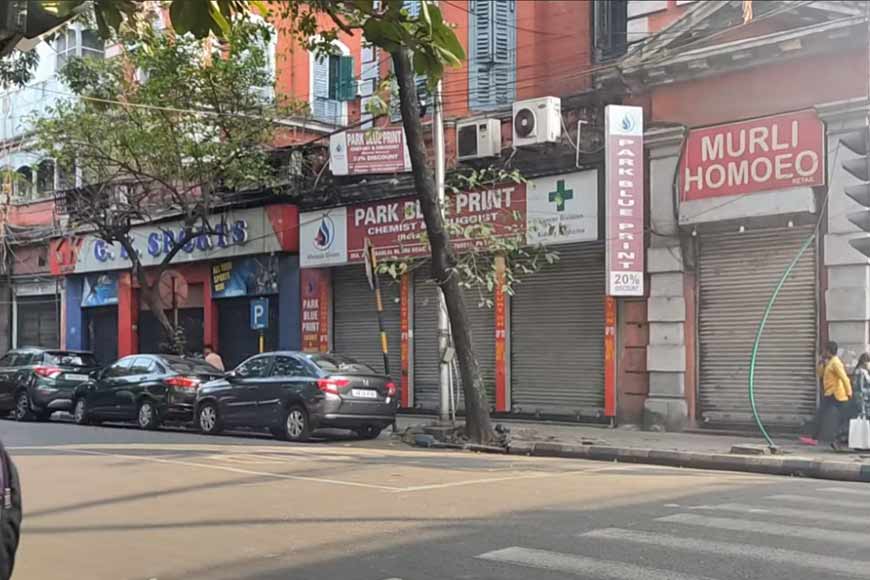
Kolkata, though a much more recent metropolis compared to Delhi, Mumbai or Chennai, is known to be a melting pot of different cultures. From the Nawabi culture to the English culture and Bengali culture, it is present in every aspect of the city and its vibrant life which still reminisces about its colonial roots. Colonial structures with marvellous architecture which still stands, remind us of times when Kolkata was the capital of India. Many families settled in Kolkata and Anglo-Indians are still embedded into various pockets of the city, mixing with the locals and fusing cultures. Many of them have left huge marks on the history of Kolkata and one such family who settled in Kolkata was the Kyds family from Scotland.
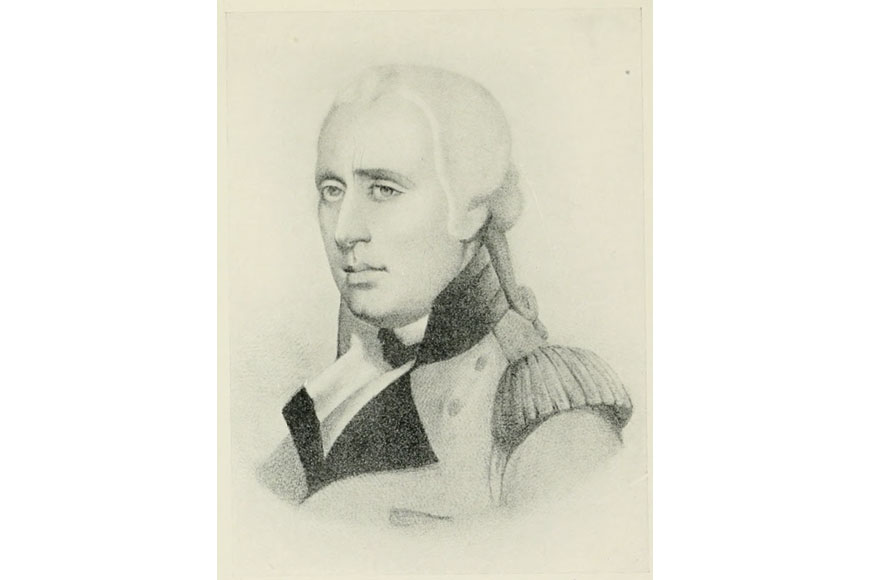 Robert Kyd
Robert Kyd
Robert Kyd, born in Forfashire of Scotland in 1746, he was one of the many aspiring young men who came from the British Isles filled with dreams and hopes. He joined the Bengal Army as a cadet in 1764 and had a respectable career in the army. He was appointed as a lieutenant colonel in 1782 and then became secretary to the military department of inspection in Bengal, a post which he upheld till his death in 1793, Calcutta. But his legacy does not lie in military career. It is found on the other side of Hooghly, in all its regal charm in the famous Indian Botanical Garden of Howrah.
One of his passions outside the army was horticulture. He loved gardening and had a good library of knowledge about it. He was the one who had decided to open up this Indian Botanical Garden. He had brought an estate in Shalimar, Howrah and had grown a garden out of his love for nature. Inspired by the Great Famine of Bengal in 1770 that killed many people, estimated to be between 7 and 10 million, he decided to open up a botanical garden with imported plants to be grown in controlled environments so that it could solve any food crisis that rises during famines.
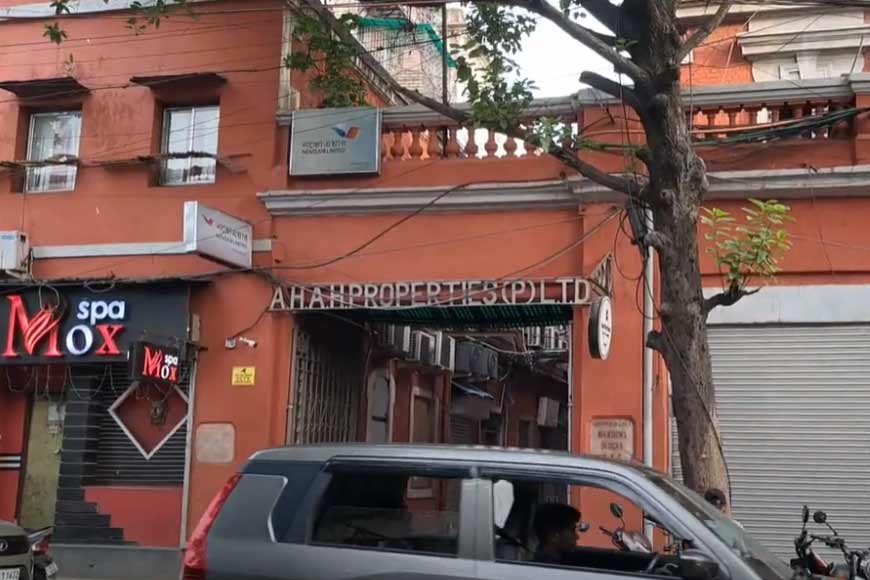
He pitched his idea to Sir John Macpherson, the then acting governor-general of Bengal during the mid-1780s. In the written proposal to the governor-general, he wrote that the purpose for importing plants was not out of mere curiosity and display but for commercial and economic purposes as well as environmental stability. It would be beneficial for all, British and the natives alike. He mentioned the import of sago palm from Malaya and the Persian dates. This proposal was in turn handed to the company’s board of directors. The plan was approved on 31st July, 1787 and Kyd was made the honorary superintendent of the Indian Botanical Gardens. By 1790, Kyd had planted over 4,000 plants which were obtained through the voyages of the East Indian Company. The company’s board of directors also supported Kyd’s ambitions to plant cinnamon, tobacco, dates, Chinese tea, and coffee for its financial benefits.
The famous botanist Joseph Dalton Hooker, known for transferring many Indian plants to the west to improve British and European horticulture, had visited the Indian Botanical Garden in the 1850s, almost six decades after Robert Kyd’s death. He had much appreciation for the plants present in the garden and its contribution to tea-estates in Darjeeling and Assam was much accredited to the superintendents in Calcutta. He further noted that it contributed a lot more tropical plants than any other public or private institution in the world.
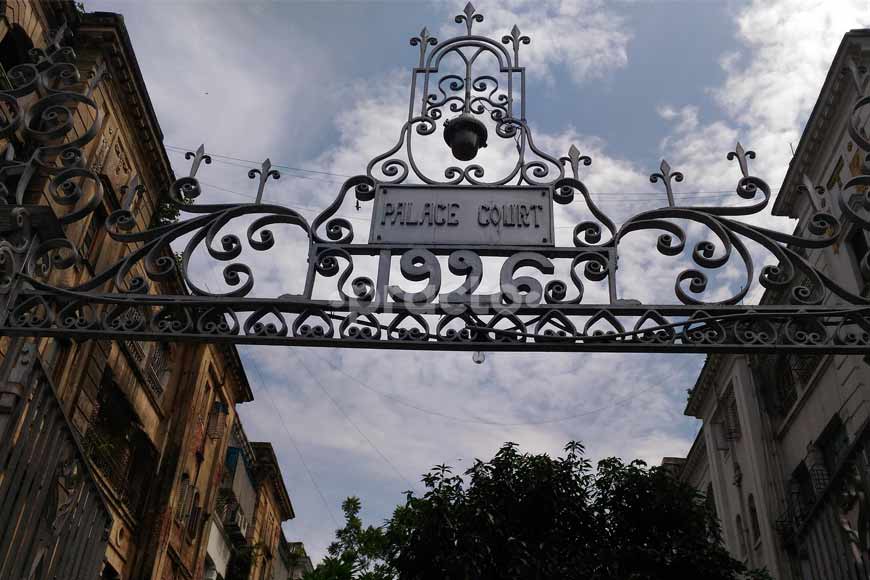
Kyd was so attached to the labours of his love that he insisted to be buried in his botanical garden upon death in his will. However, unfortunately the company could not comply with his wishes and he was buried in Park Street Cemetery in 1793. He was succeeded by William Roxburgh as the superintendent of the garden and he named a genus in the family of Malvaceae as Kydia, paying homage to Robert Kyd. He also arranged for an urn of Kyd to be placed in the Indian Botanical Garden in honour of the place he had founded.
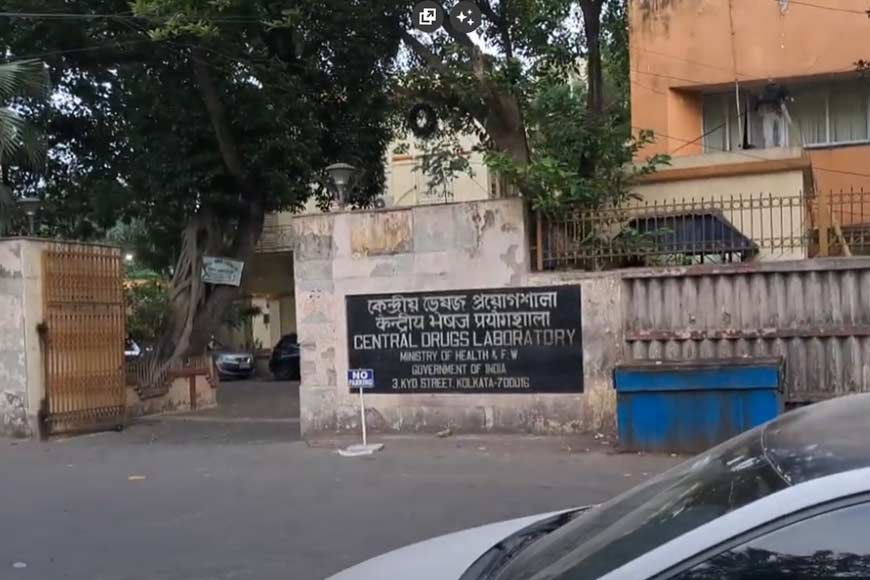
But Robert Kyd is not the only one who has left behind his legacy. Many other members of his family have also left their imprints in Calcutta and Bengal. His first cousin, Lieutenant-General Alexander Kyd, who had a stellar career in the army and was appointed as the surveyor-general of Bengal Presidency, had a keen interest in music. With great difficulty he was able to collect five instruments- Three Stradavarius, one Guarneri and one Amati. The latter instrument surely appeals to Feluda fans, where this instrument played a key role in one of Satyajit Ray’s detective novels. He died in the year 1826. He had two sons namely James and Robert. The former followed in his father’s footsteps and joined the army while the latter had different plans.
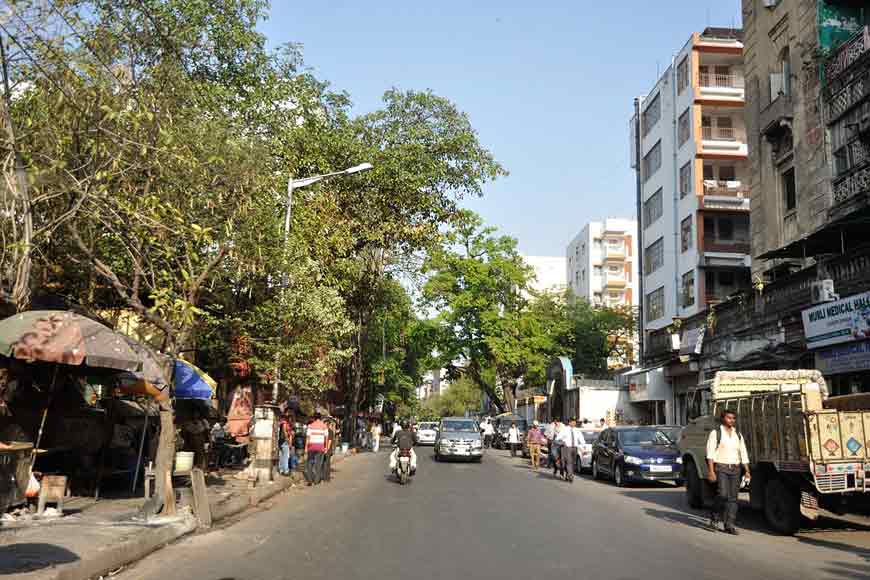
James Kyd was born in 1786 and travelled back to his country to learn the art of shipbuilding. In the year 1800, he returned to Calcutta and worked as an apprentice under master shipbuilder A. Wadell. He eventually succeeded A. Wadell as the master shipbuilder of the East Indian Company. He built many ships and yachts for the company, in a career spanning over three decades. His famous ships include East Indian man Castle Huntly and General Kyd - christened after his father. It is even said that Kidderpore got its name from the family name Kyd, in the honour of James Kyd constructing lock gates which connected Kidderpore to the Hooghly River.
There is even a street named Kyd Street in Kolkata, the road off Jawaharlal Nehru Road, before the Indian National Museum. The legacy of the Kyd family is known to us in the form of the street names and area names but not in its entirety.










